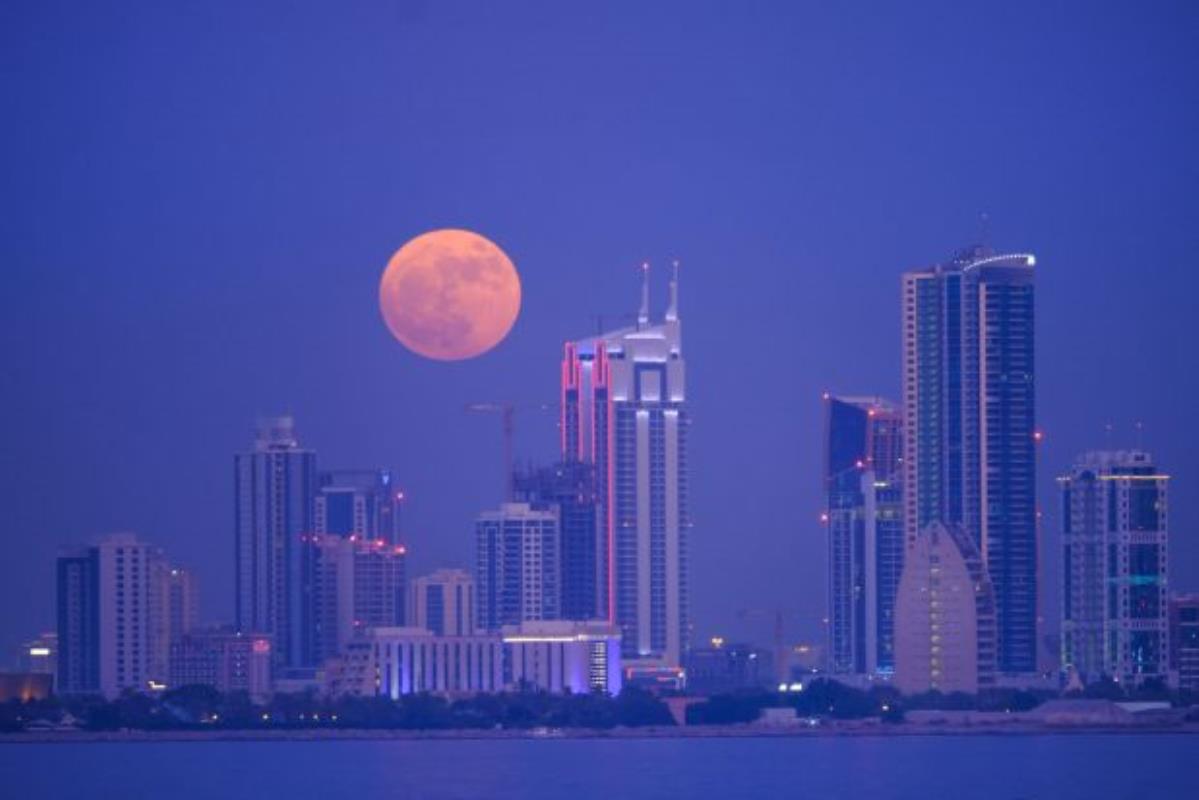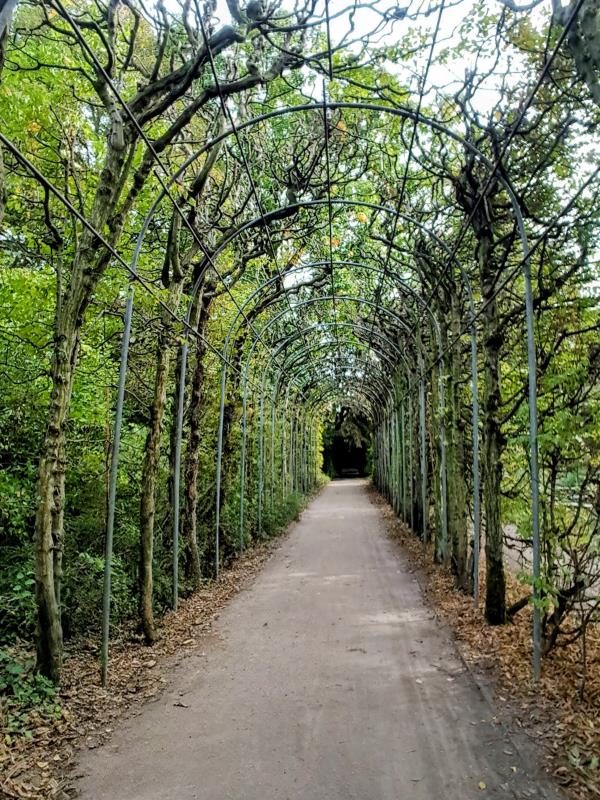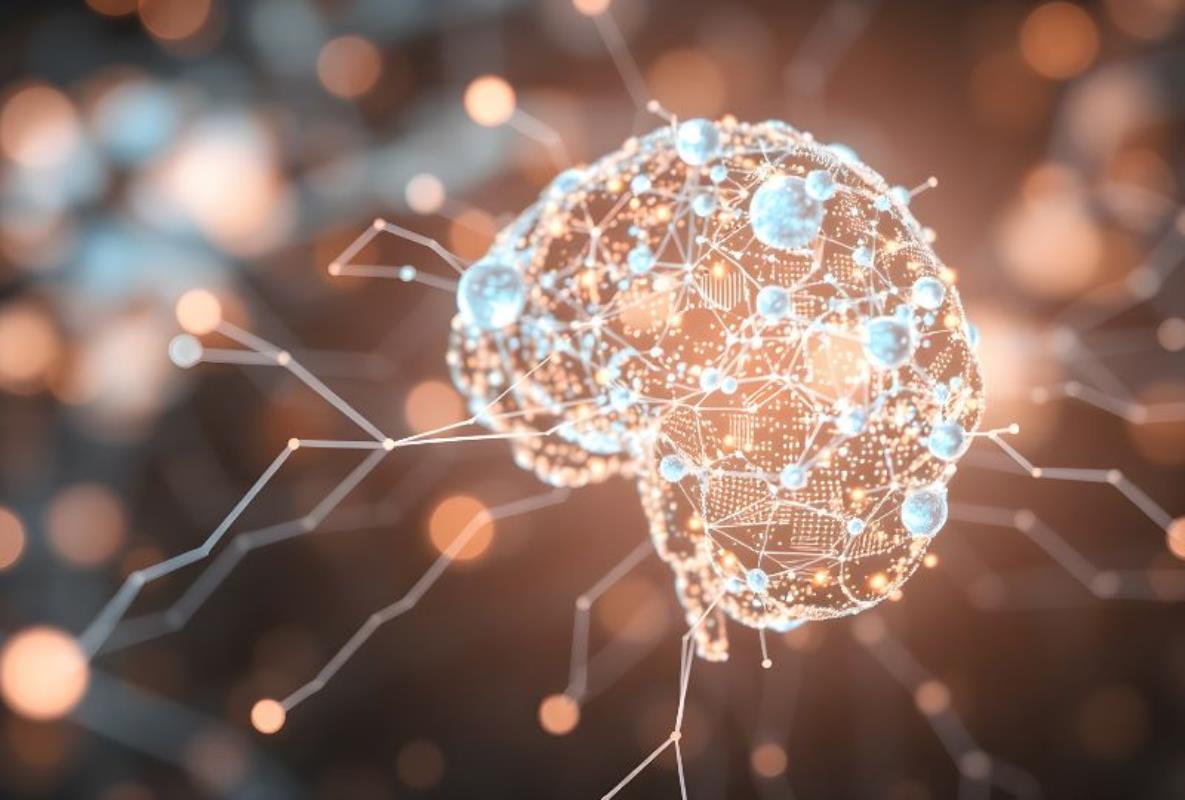Runs from 15 December 2023 to 6 January 2024 at Tabbal Building (First floor), Sursock Street, Ashrafieh, Beirut, Lebanon
Across nine distinct chapters, this exhibition documents and responds to the Beirut port blast on August 4th, 2020, when large amounts of ammonium nitrate stored in silos exploded, causing one of the most devastating tragedies in recent Lebanese history. Through documentary storytelling, forensic photography, architectural modelling, collage, audio installations, satellite imagery, AI-generated video, and other media, the exhibition offers a profound journey through trauma, grief, and resilience, reflecting on the power and purpose of artistic expression.
With each chapter comprising a single body of work, the multidimensional exhibition opens with a documentary of factual accounts, interviews, and archival footage, immersing viewers in the events leading up to the explosion, the immediate aftermath, and the long road to recovery. The following chapters include an installation of 21 forensic colour photographs taken at the foot of the southern part of the silos and displaying the traces left by the explosion; satellite imagery from before and after the destruction; architectural models of the port; and cardboard and collage artworks responding to the devastation. At the centre of the exhibition is Yazbeck’s acclaimed 30-minute documentary Port Blast Stories which focuses on the stories of families of five people who lost their lives in the blast.
A further chapter displays My Private Conversation, an immersive audio installation that channels the voices of four victims of the Beirut port blast and recounts their final day. In another, the AI- generated video Desaparecidos explores the concept of disappearance. The final section pays tribute to the resilience of the Beirut community in the wake of the tragedy, highlighting the strength and determination of the people who refused to be defined solely by the events of August 4th, 2020.
The exhibition aims to reflect on the complexity of the human experience in the wake of disaster, as well as on the enduring power of artistic expression to provoke empathy, introspection, and healing.
"This exhibition transcends the role of art as a passive observer; it becomes a living narrative, a bridge between the past and the present, and a tribute to the strength and resilience of the human spirit in the face of the biggest drama and trauma in recent Lebanese history. It reminds us that even in the darkest of times, art has the power to illuminate and inspire, offering a path towards healing and understanding," says Chérine Yazbeck, artist and journalist.
Chérine Yazbeck (b.1970) is an interdisciplinary artist hailing from Beirut. After pursuing a career as a photojournalist and skilfully capturing the reality of her tumultuous surroundings, Yazbeck decided to combine that journalistic practice with multimedia artistic skills. The result is a potent fusion of her two passions. She has since dedicated herself to the art of urban exploration photography. Her journey into this captivating realm began with a deep-rooted connection to her city, one that was marked by loss, destruction, and the enduring power of memory. Beirut, her beloved hometown, has provided a wellspring of inspiration that has fuelled her photographic career. Her artistic arsenal has grown to include photographic installations, documentaries, and more, each medium allowing her to delve differently and more deeply to the heart of her subject matters. Yazbeck continues to call Beirut her home: both as a place of residence and a canvas for her artistic endeavours.
"Commemoration is our collective duty and now, over three years on from the Beirut port blast, it is more vital than ever that Lebanon and the world at large do not forget this terrible moment in history. Chérine Yazbeck has dedicated her recent practice to remembering and visualising that tragic day and its aftermath with both journalistic precision and artistic sensitivity," Annie Vartivarian, director of Art Design Lebanon, commented.
Art Design Lebanon (AD Leb) is a digital platform and pop-up gallery dedicated to supporting and showcasing the work of Lebanese and international visual artists and designers. Operating as a gallery without walls, we stage exhibitions in alternative and unconventional spaces in Lebanon and further afield. AD Leb is the pilot project of Gaïa Fodoulian, who was killed in the Beirut port explosion of 4 August 2020. Gaïa’s mother, Annie Vartivarian, an art patron, and gallerist, is realising this vision as a tribute to her daughter. All proceeds from AD Leb’s activities support the mission of the Gaïa Fodoulian Association.



































































